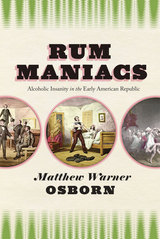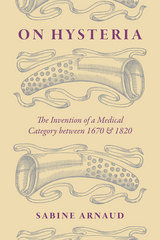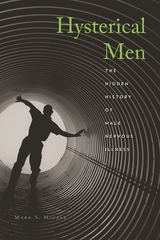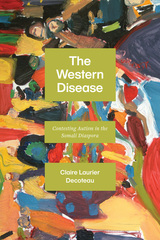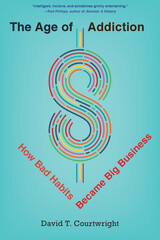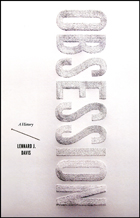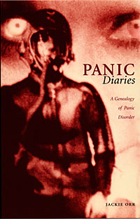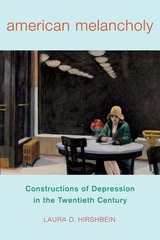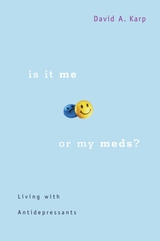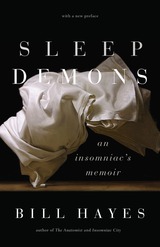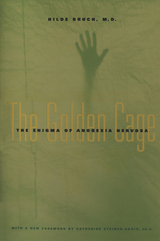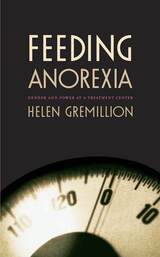"An interesting, useful, and exceptionally readable review of the evolution of the idea of depression as a diagnosis in the United States."
— Journal of the American Medical Association
"Hirshbein illustrates how and why depression became a medical, social, and cultural phenomenon. In paying careful attention to the role of gender in shaping the conception and treatment of depression, Hirshbein adds a new component to the literature on and understanding of depression. Highly recommended."
— Choice
"Laura Hirshbein's analysis of the explosive growth of depression in American society, psychiatry, and pharmacology emphasizes the overlapping roles of the medicalization and commercialization of mental states; the contemporary hyper-consumerist American's habits; the quest of psychiatric communities for professional and scientific security; and the drive, relentless and resourceful, by global pharmaceutical companies for new markets. This book is likely to be regarded eventually as the finest and most in-depth account around of gender and depression."
— Mark S. Micale, department of history, University of Illinois
"Laura Hirshbein demonstrates that the modern diagnosis of depression is only a recent creation and reveals more about our society and culture than our mental states. In tracing the manner in which depression entered medical diagnostic systems, she has made a major contribution that should force us to question claims about the pervasive nature of this diagnosis."
— Gerald N. Grob, Henry E. Sigerist Professor of the History of Medicine Emeritus, Rutgers University
"American Melancholy provides new insight into a diagnostic category that has become central not only to modern psychiatry but also to the very definition of ordinary life in late twentieth-century America. Perhaps its greatest contribution lies in Hirshbein's careful attention to the role of gender in shaping the conception and treatment of depression."
— Nancy Tomes, author of Madness in America
"A badly needed book, executed brilliantly. Hirshbein's arguments are nuanced but forceful, and many readers should find themselves questioning commonly held notions about depression and diagnosis. Her analysis of gender, in particular, should compel re-evaluations of vast bodies of research on psychiatry and mental illness."
— Jonathan Sadowsky, Castele Professor of Medical History, Case Western Reserve University
"A badly needed book, executed brilliantly. Hirshbein's arguments are nuanced but forceful, and many readers should find themselves questioning commonly held notions about depression and diagnosis. Her analysis of gender, in particular, should compel re-evaluations of vast bodies of research on psychiatry and mental illness."
— Jonathan Sadowsky, Castele Professor of Medical History, Case Western Reserve University
"Laura Hirshbein demonstrates that the modern diagnosis of depression is only a recent creation and reveals more about our society and culture than our mental states. In tracing the manner in which depression entered medical diagnostic systems, she has made a major contribution that should force us to question claims about the pervasive nature of this diagnosis."
— Gerald N. Grob, Henry E. Sigerist Professor of the History of Medicine Emeritus, Rutgers University
"An interesting, useful, and exceptionally readable review of the evolution of the idea of depression as a diagnosis in the United States."
— Journal of the American Medical Association
"American Melancholy provides new insight into a diagnostic category that has become central not only to modern psychiatry but also to the very definition of ordinary life in late twentieth-century America. Perhaps its greatest contribution lies in Hirshbein's careful attention to the role of gender in shaping the conception and treatment of depression."
— Nancy Tomes, author of Madness in America
"Laura Hirshbein's analysis of the explosive growth of depression in American society, psychiatry, and pharmacology emphasizes the overlapping roles of the medicalization and commercialization of mental states; the contemporary hyper-consumerist American's habits; the quest of psychiatric communities for professional and scientific security; and the drive, relentless and resourceful, by global pharmaceutical companies for new markets. This book is likely to be regarded eventually as the finest and most in-depth account around of gender and depression."
— Mark S. Micale, department of history, University of Illinois
"Hirshbein illustrates how and why depression became a medical, social, and cultural phenomenon. In paying careful attention to the role of gender in shaping the conception and treatment of depression, Hirshbein adds a new component to the literature on and understanding of depression. Highly recommended."
— Choice

